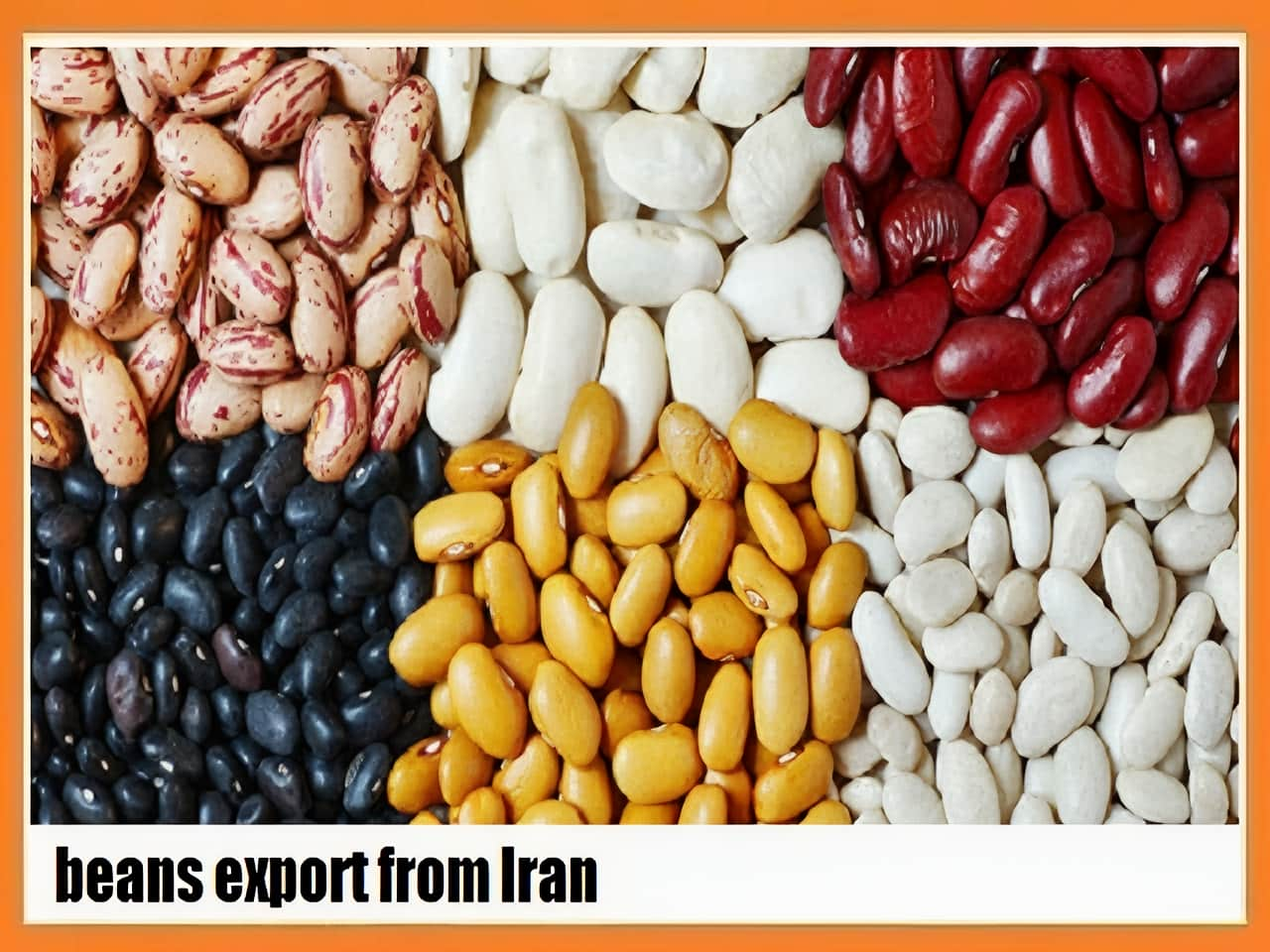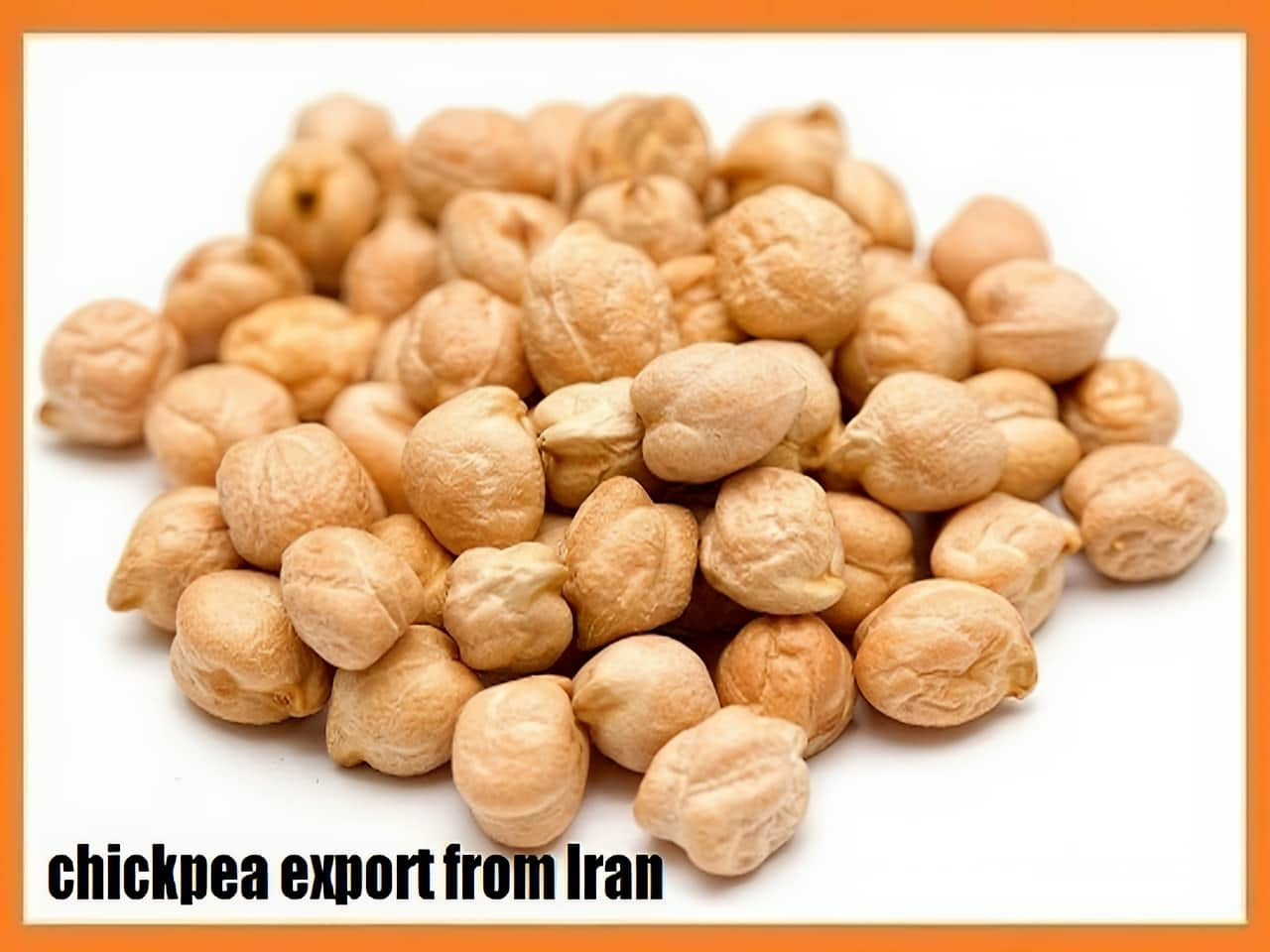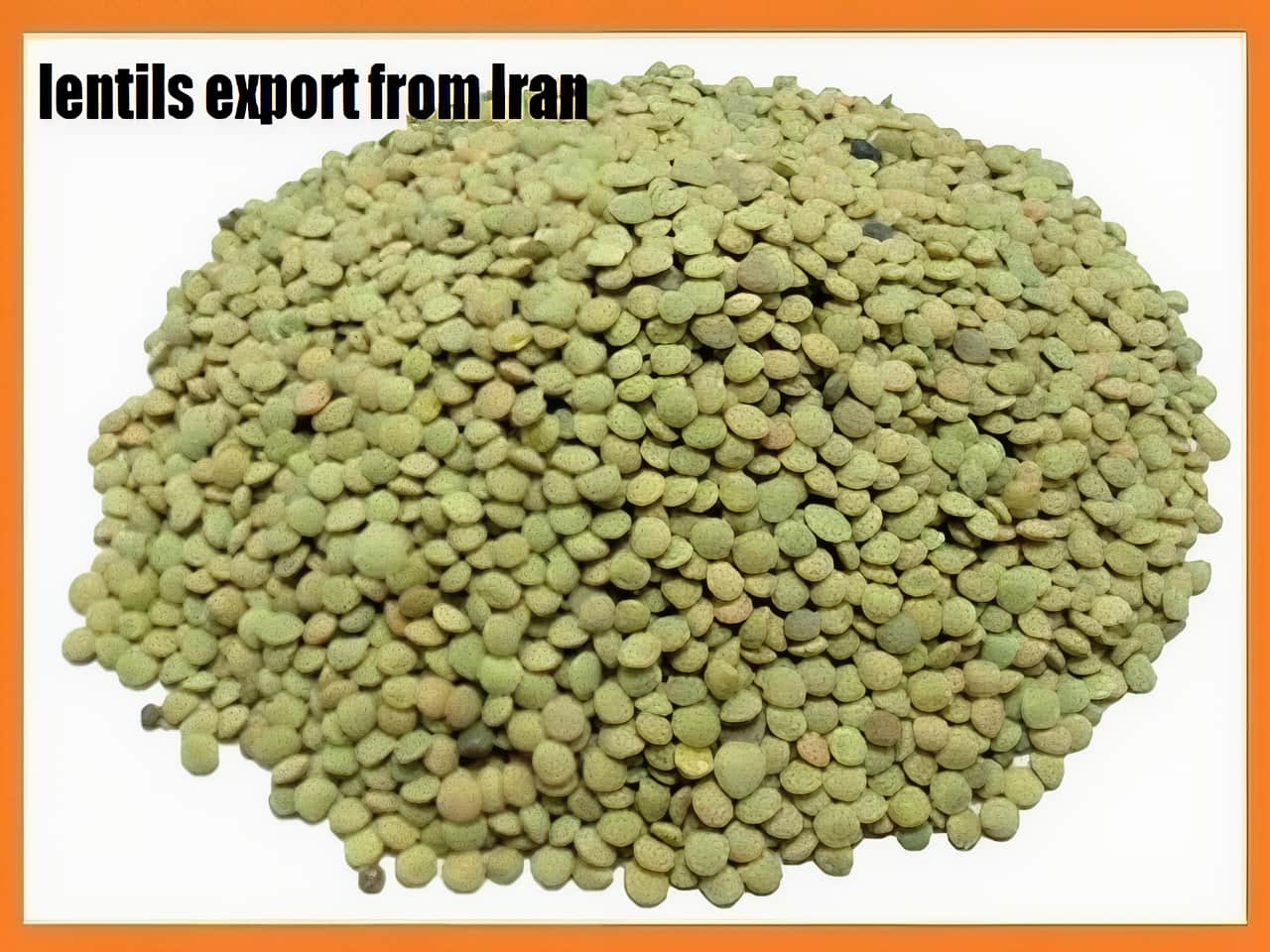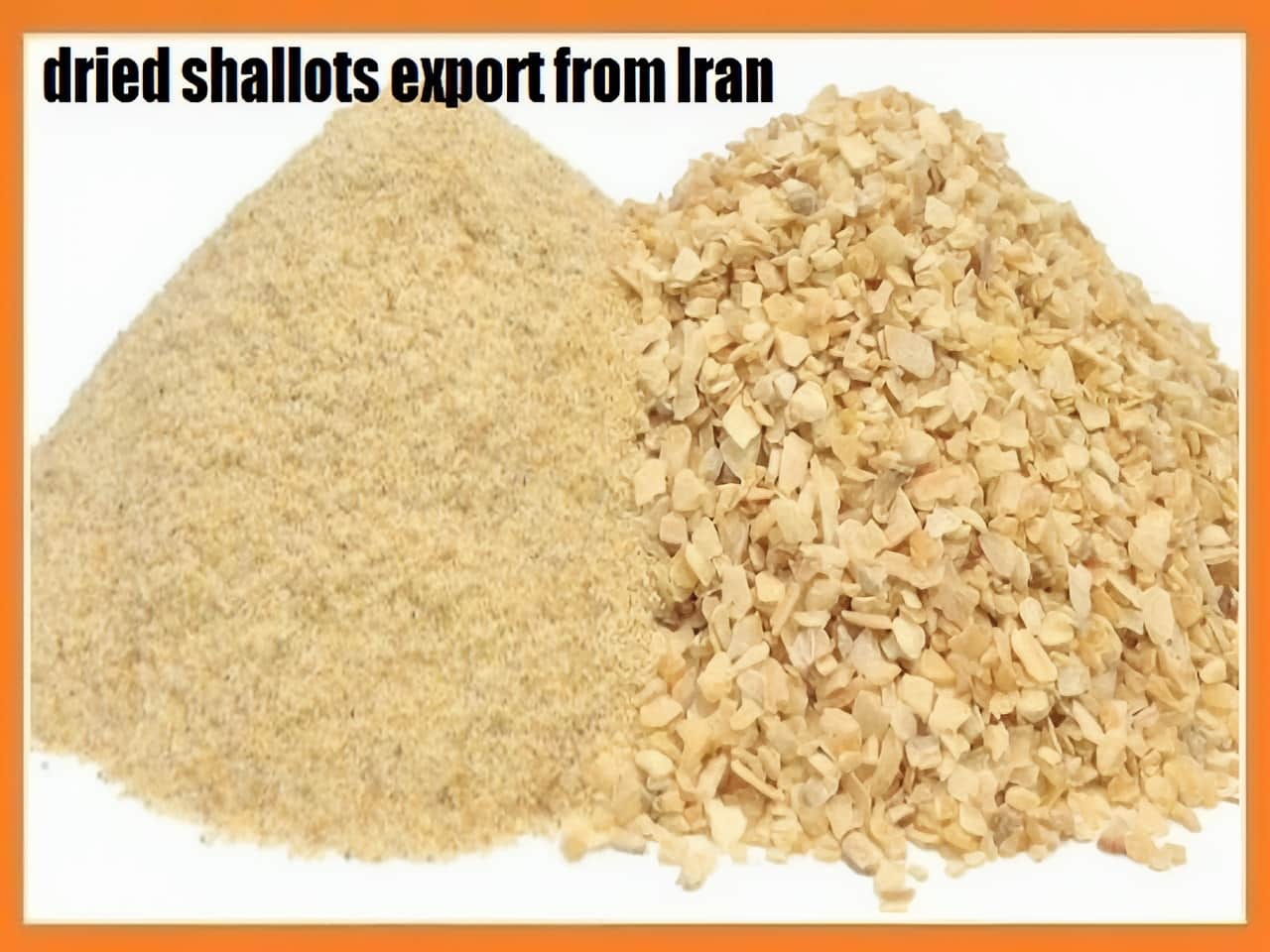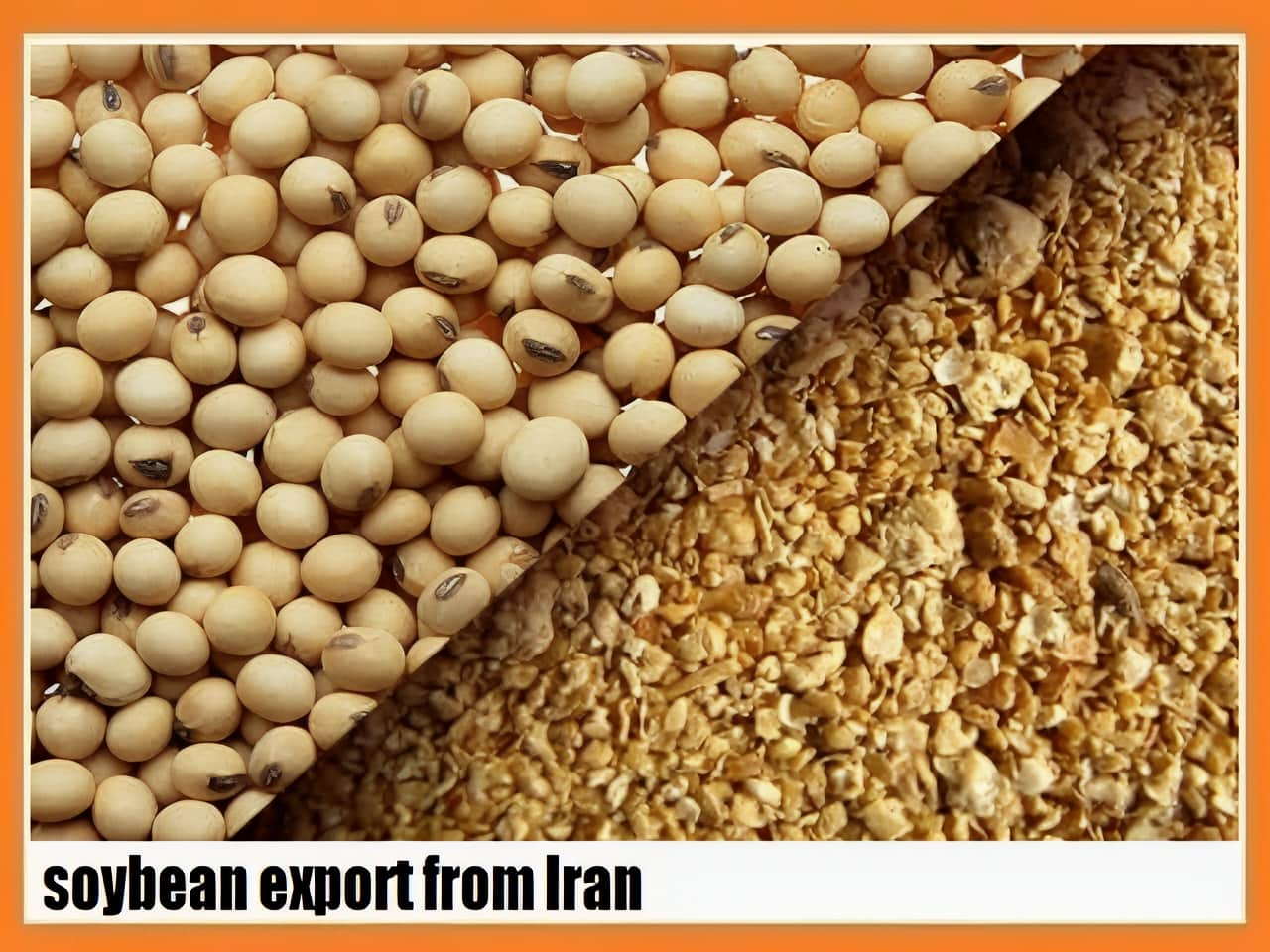Premium Iranian Legume exports
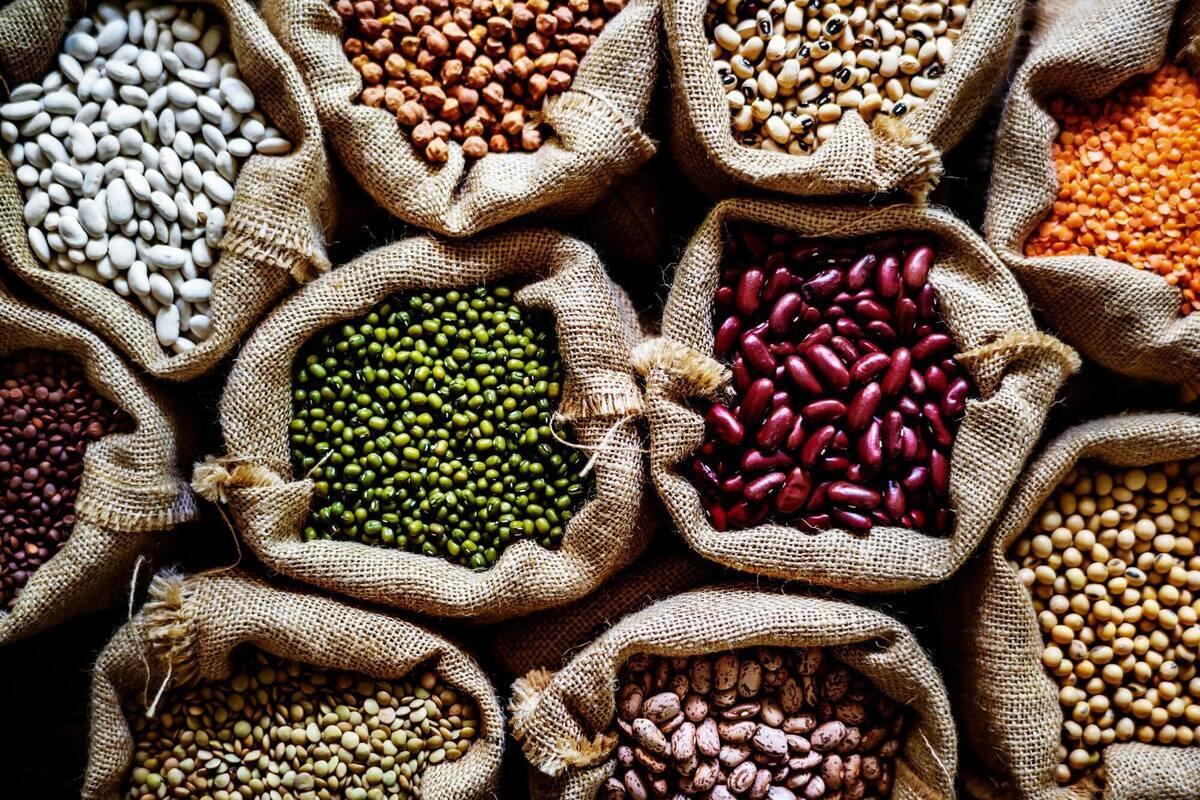
Shop a wide selection of premium Iranian legumes with guaranteed quality and freshness, ideal for bulk purchase and international trade. Sourced directly from trusted suppliers in Iran, our lentils, chickpeas, red beans, white beans, and green peas are cultivated and processed under strict quality standards. These nutrient-rich legumes are perfect for retail, wholesale, and food manufacturing, offering high protein content and consistent nutritional value. Legumes are among the best plant-based protein sources, rich in fiber, folic acid, iron, magnesium, and vitamin B1—essential nutrients that support healthy skin, hair, digestion, and heart health. Include Iranian legumes in your supply chain for a reliable, health-focused food solution.
The Comprehensive Benefits of Legumes
Legumes are a powerhouse of nutrition, packed with essential nutrients that are vital for a healthy diet. They are rich in protein, carbohydrates, minerals (such as iron, calcium, potassium, and magnesium), and vitamins, particularly vitamin A. In the food guide pyramid, legumes are categorized as part of the meat group due to their high protein content. They are a key source of plant-based protein, providing lysine and other essential amino acids. Combining legumes with grains helps balance the amino acid profiles of both food groups, creating a more complete source of protein. The fiber in legumes not only promotes a feeling of fullness but also facilitates a gradual sugar release, which helps regulate hunger levels and prevent blood sugar spikes.
The Impact of Iran’s Climate on Legume Production
Iran’s favorable four-season climate is ideal for soybean cultivation, contributing to the country’s ability to produce a wide range of agricultural products, including legumes. As a result, Iran has become a significant exporter of soybeans, and these exports represent a notable share of the country’s total exports.
Market Demand in Neighboring Arab Countries
Many neighboring Arab countries, particularly in the Middle East, face challenges in agriculture due to their hot, dry climate and limited farming capacity. As a result, these nations heavily rely on importing legumes and other food products, creating a steady demand for imports from countries like Iran. Iran plays a pivotal role as a leading exporter of legumes to these regions.

Health Benefits of Legumes
Consuming legumes provides numerous health advantages, such as:
-
Preventing colorectal and prostate cancer.
-
Reducing the risk of cardiovascular diseases and type 2 diabetes.
-
Boosting immune function and improving memory and cognitive abilities.
-
Aiding in osteoporosis prevention, especially in post-menopausal women, due to their calcium content.
-
Supporting child growth as a calcium-rich food.
-
Regulating blood pressure and preventing anemia.
-
Alleviating depression, nervous disorders, and promoting healthy red blood cell production.
-
Relieving constipation and hemorrhoids.
Preparation for Cooking Legumes
To maximize the health benefits of legumes, it is advisable to soak them overnight in water and refrigerate them. This process speeds up cooking, enhances enzyme release, improves digestion, and minimizes bloating in the digestive system.

Iran’s Legume Export Market
Iran is known for producing a diverse array of high-quality legumes, such as peas, beans, lentils, mung beans, and chickpeas. These legumes are in high demand due to their exceptional quality, particularly in countries like Iraq and Qatar, where they are imported to satisfy local market needs.
The export market for chickpeas and beans has seen a substantial rise, especially from regions like Kermanshah and Khomein, which are known for producing high-quality legumes. Entrepreneurs in these areas are increasingly focused on expanding exports to countries such as Iraq and Qatar, where the demand for legumes continues to grow.
Channels for Legume Exports
Legume exports from Iran are facilitated through various channels, ensuring a steady supply to international markets. Iranian legumes are shipped to countries such as Iraq, Oman, Qatar, UAE, Russia, Afghanistan, Turkey, Pakistan, Armenia, and others. These exports are made possible through both land and water transport, ensuring a diverse and reliable distribution network to these markets.
Exporting Peanuts to Iraq
The extensive land borders between Iran and Iraq present a great opportunity for small and private businesses to engage in legume exports. However, successful exports to Iraq require compliance with both Iranian and Iraqi regulations. Proper preparation, adherence to export specifications, and competitive pricing are essential to succeed in this market.
Legume Prices in the Global Market
Legumes, especially beans, are among the most consumed foods worldwide, including in Iran. They also have medicinal uses in many countries, giving soybeans a prominent position in the global market. Exporting legumes has become a profitable business due to their essential role in diets around the world.
Factors Influencing Legume Prices
The price of exported legumes from Iran depends on several factors:
-
Size: Larger peas often fetch higher prices due to their superior quality.
-
Volume: The amount being exported can influence pricing.
-
Transportation Costs: Logistics play a role in pricing, with transportation expenses impacting final costs.
-
Freshness and Uniformity: Fresh produce and consistent quality also affect the price.
Iran’s Export Success in the Legume Industry
Iran is a leading exporter of legumes, with significant demand from countries worldwide, including Turkey, Pakistan, Uzbekistan, Iraq, Afghanistan, and several countries in Europe, Africa, and Asia. As a dedicated export agency, Irexporter ensures that Iranian legumes meet international standards, offering various services such as exchange platforms for legume exporters and a specialized shopping center for legume transactions.
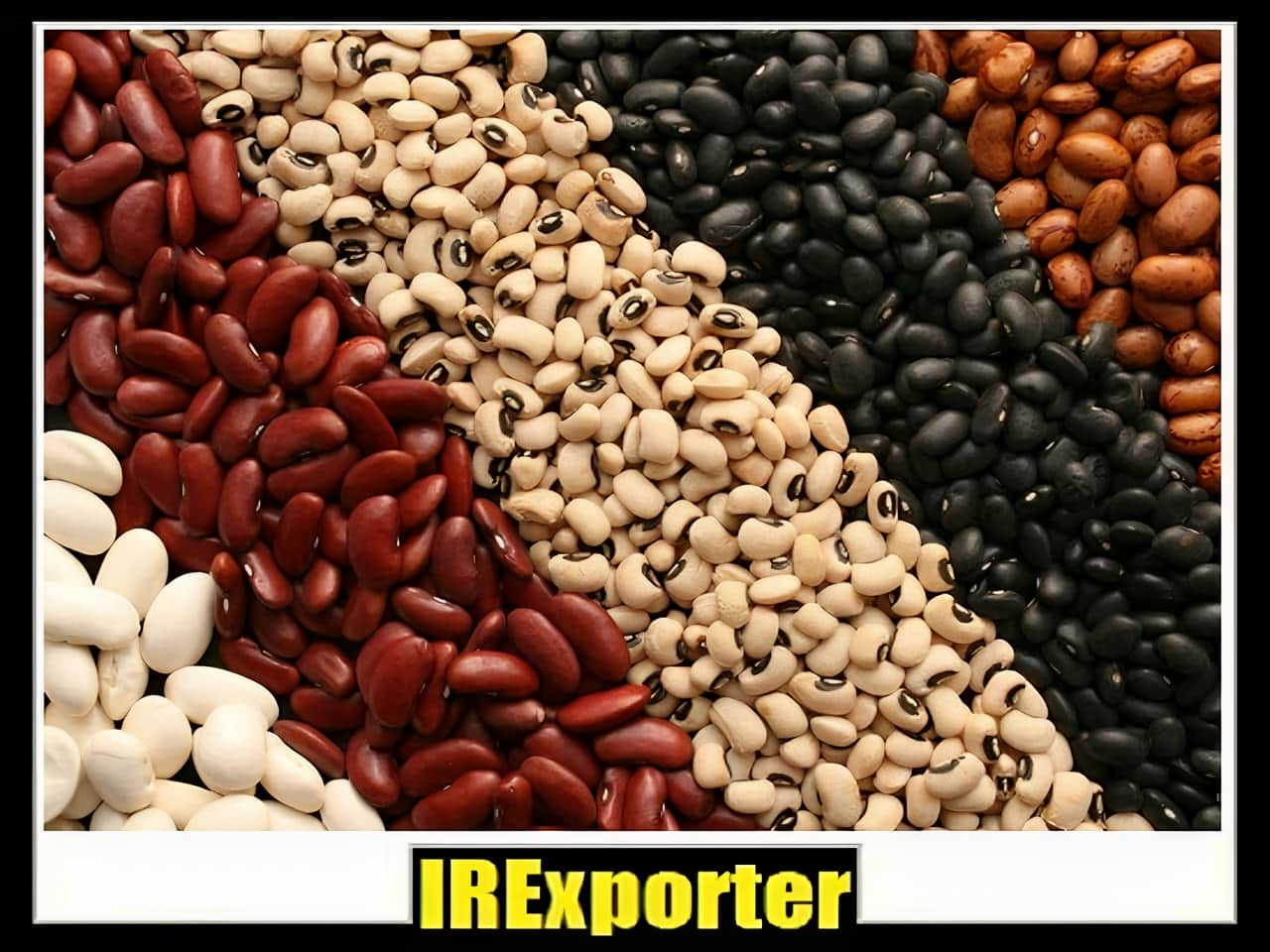
Competitive Legume Pricing
We pride ourselves on offering competitive pricing for export-grade legumes. Our prices are designed to provide the best value while maintaining high standards of quality. We offer wholesale and bulk pricing, ensuring affordability for our clients.
Wide Range of Legume Products
Our company provides an extensive selection of legume products, including chickpeas, lentils, beans, and mung beans. We offer these legumes in various sizes, grades, and packaging options to meet the diverse needs of our customers.
Quality Assurance and Certifications
Ensuring the highest quality is at the heart of our operations. All our legumes undergo stringent quality control measures, including testing for freshness and absence of contaminants. We hold the necessary certifications to guarantee the safety and nutritional value of our products.
Efficient Shipping and Delivery
Our company’s reliable shipping network ensures timely and safe delivery of legume products to clients worldwide. We work with trusted logistics partners to guarantee that products reach their destinations in optimal condition.
Exceptional Customer Service
We pride ourselves on providing exceptional customer service. Our dedicated team is always ready to assist with inquiries, orders, and concerns. We aim to build long-lasting relationships by providing personalized attention and ensuring the satisfaction of our customers.
The Future of the Legume Industry in Iran
The future of Iran’s legume industry looks promising, with ongoing support from the government and favorable environmental conditions. As a major producer and exporter, Iran’s role in the global legume market will continue to expand.
Iran is a prominent global player in the legume industry, offering a wide range of high-quality products, supported by efficient export mechanisms, competitive pricing, and exceptional customer service. Whether you’re looking to import legume products or source high-quality beans, lentils, or chickpeas, Iran remains a reliable and trusted source.
Article
| Heading | Content |
|---|---|
| The Best Iranian Natural Legume Supplier & Exporter Company | Are you looking for a reliable supplier and exporter of natural legumes? Look no further than our Iranian company. With our exceptional products, competitive pricing, and outstanding customer service, we are the best choice for all your legume needs. |
| Purchasing Legumes from Iran | When it comes to purchasing legumes, Iran is a top destination. Our company offers a wide range of high-quality legume products sourced directly from Iranian farmers. We have established strong relationships with local farmers, ensuring the freshness and quality of our legumes. |
| Competitive Pricing | We understand that price is an important factor in your purchasing decision. Our company offers competitive pricing for all our legume products. While we cannot disclose specific amounts, we assure you that our prices are highly competitive in the market. We strive to provide the best value for your money. |
| Wide Variety of Legume Products | Our company offers a diverse range of legume products to cater to your specific requirements. Whether you need chickpeas, lentils, beans, or any other type of legume, we have you covered. We provide various sizes, grades, and packaging options to meet the demands of our customers. |
| Quality Assurance and Certifications | Quality is our top priority. We adhere to strict quality control measures to ensure that our legume products meet international standards. Our legumes undergo rigorous testing and inspections to guarantee their freshness, nutritional value, and absence of contaminants. We also hold relevant certifications to validate the quality and safety of our products. |
| Reliable Shipping and Timely Delivery | We understand the importance of timely delivery. Our company has a reliable shipping network in place to ensure that your legume products reach you on time and in perfect condition. We work with trusted logistics partners to handle the transportation process efficiently, providing you with peace of mind. |
| Exceptional Customer Service | At our Iranian legume company, we pride ourselves on delivering exceptional customer service. Our dedicated team is always ready to assist you with any inquiries, orders, or concerns you may have. We prioritize building long-term relationships with our customers by providing personalized attention and ensuring their satisfaction. |
FAQs
-
Can I purchase legumes directly from your Iranian company?
Yes, you can purchase legumes directly from our Iranian company. We offer a wide variety of natural legume products sourced directly from local farmers.
-
Do you provide competitive pricing for your legume products?
Yes, we offer competitive pricing for all our legume products. Our aim is to provide the best value for your money.
-
What types of legumes do you offer?
We offer a diverse range of legume products, including chickpeas, lentils, beans, and more. We have various sizes, grades, and packaging options available to meet your specific needs.
-
How do you ensure the quality of your legumes?
We adhere to strict quality control measures to ensure the freshness, nutritional value, and absence of contaminants in our legume products. We also hold relevant certifications to validate the quality and safety of our products.
-
Can I expect reliable shipping and timely delivery of my legume products?
Absolutely. We have a reliable shipping network in place to ensure that your legume products reach you on time and in perfect condition.
-
What kind of customer service can I expect from your company?
We pride ourselves on delivering exceptional customer service. Our dedicated team is always ready to assist you with any inquiries, orders, or concerns you may have.
| Legume export from Iran | |
|---|---|
| 💎 Product benefits | Good price and High quality |
| 💲 Export Legume price | The lowest price in the trade market |
| ⏳ Quality of Legume for export | Top-Grade |
| ⏱ How to send products | By ship shipping |
| 🎯 How to order | By email and call |

